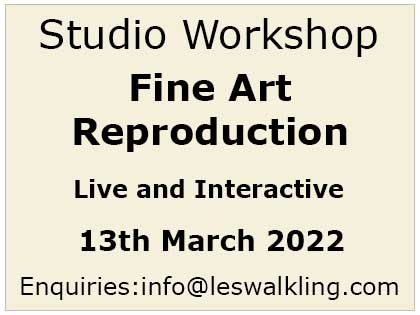2016 – T Landt van d’Eendracht from Michael Fletcher on Vimeo.
Shark Bay is a world heritage listed area, but the incredible biodiversity behind its world heritage status is not immediately visible, and therefore not immediately known nor understood by ‘outsiders’, at least not when viewed from the ground.
Although our first trip to Shark Bay in May this year was mainly exploratory and speculative, our aerial photography has already revealed some important demarcations and boundaries; between the bay and the ocean, between the feral destruction and its regrowth/rehabitation, between European colonisation and country, between the ‘lie of the land’ and landscape, between eternity and ourselves, and the idea that there are ways of mapping reality other than those that dominate our everyday consciousness.
This is an important discovery for it provides a metaphor for our ‘Australian condition’ – for better or for worse – that condition that remains ‘blind’ to much that is staring us in the face. Conditions such as the tragic and atrocious state of reconciliation, or our destructive political relationship to a fragile environment, or how we manage scarce resources like water, or resource industries including the mislabeled ‘alternatives’ of solar and wind technology. Our images reveal the relative understanding of who we are; not just where we have come from, but what it means to come from somewhere rather than simply ‘being’ and belonging where you are. That is, how we-as-a-nation live in a state of partial indifference to not only much of our past, but also our future.
So our first field trip has left me pondering 2016 as a chance to do what as a nation we didn’t fully resolve in 1988; which is to celebrate origins and beginnings in the broadest sense. Like many of my friends, I was disenfranchised and disenchanted by a bicentennial that turned out to be anything but inclusive. 2016 provides a formal focus to ‘acknowledge and honour’ through accelerating a better understanding of our past, our ancestors, our refugees, our diversity and difference, our duties and responsibilities … our origins … and consequently reconciliation itself.
A hybrid of related questions spring from this; What is the meaning of ‘place’ in an increasingly globalised world? Why has the interest in environmental politics and action increased so rapidly this century? How do ethical, aesthetic and political concerns collide in eco-critical work? What is the future of discourses on the environment? What is the place of humans in nature? How do we reconcile environmental justice with environmental preservation? Even ideas of strategic alliances to notions of sovereignty and republicanism, to the future of unsustainable global economies, and ‘a post-human world’ can flow from these initial engagements.
So from a celebration of origins, to a transformative model of ‘seeing’ ourselves, 2016 provides an opportunity to re-image our nation, and to imagine who we will need to be in an increasingly uncertain and unpredictable world. While this implies something of a History lesson, instead of making our images and films into history stories or historical documents, I hope we can induce others to work with what we are doing in support of their own readings, responses and presentations.
Therefore our task is to chart our engagement with, and growing realisations that come through our production. In this sense we rely on others to corroborate and collaborate with us, not just artistically, like Jo Quail with her haunting sounds and soulful music, but also political and environmental and indigenous critics. How we go about this is exactly what we are already doing, which is making work about such things and then publishing it through exhibition in different locations, cultures, and environments to see who responds and how they respond, and therefore how through their engagement we can expand upon what we are doing. This in turn expands what we can do, think and make, and so we evolve and hopefully gain some clarity and insight into what we could be doing and why we feel we need to do it.


{ 0 comments… add one now }